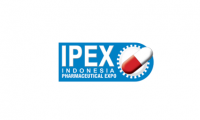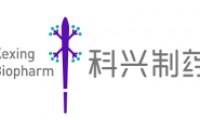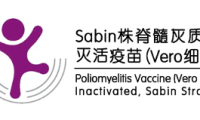-
Candel wins FDA orphan drug designation for pancreatic cancer drug
- Source: drugdu
- 312
- April 16, 2024
-
【EXPERT Q&A】How to handle the medical device network sales record certificate?
- Source: drugdu
- 387
- April 16, 2024
-
InterPharma 2024
- Source: drugdu
- 643
- April 16, 2024
-
Enrollment of Subjects in Phase III Clinical Trial for Inhaled Aerosol Drug in Children by Kexing Biopharm
- Source: drugdu
- 305
- April 15, 2024
-
Sinovac Biotech Ltd.’s 5-dose Sabin Strain Inactivated Polio Vaccine Approved for Global Polio Eradication Efforts
- Source: drugdu
- 284
- April 15, 2024
-
GlobalData
- Source: drugdu
- 317
- April 15, 2024
-
Dr Reddy’s launches drug-free migraine management device Nerivio in Europe
- Source: drugdu
- 284
- April 15, 2024
-
Invenra, Astellas Launch Partnership Focused on Discovering Therapeutic Bispecific Antibodies
- Source: drugdu
- 417
- April 15, 2024
-
Pfizer Asks FDA to Approve RSV Vaccine for Adults as Young as 18 Years Old
- Source: drugdu
- 338
- April 15, 2024
your submission has already been received.
OK
Subscribe
Please enter a valid Email address!
Submit
The most relevant industry news & insight will be sent to you every two weeks.

















